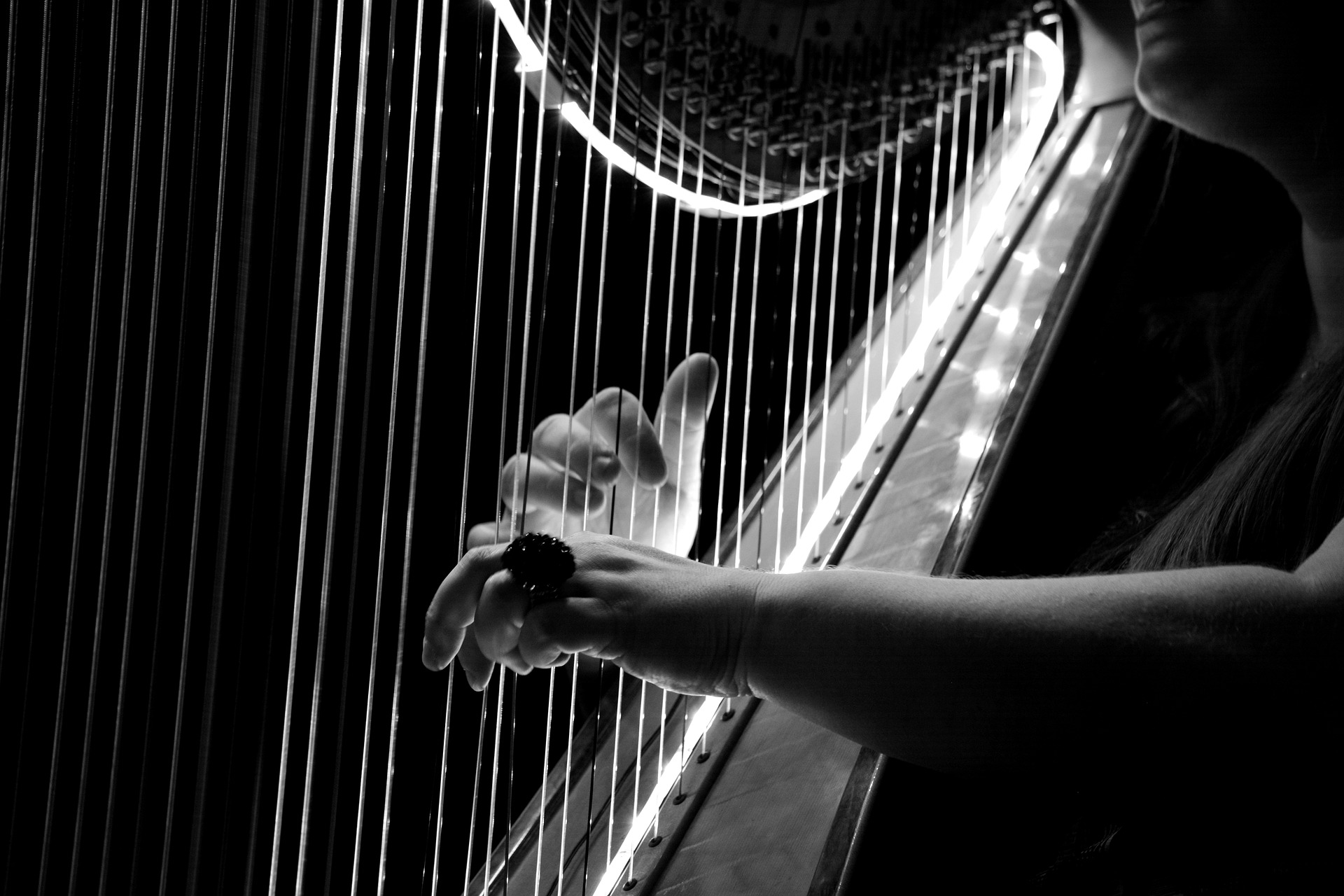My family attended a home church for several years when I was in middle school. I was a new believer, and very passionate. Our church did not have many musicians, so unless someone brought their guitar, most weeks we worshiped with printed out lyrics to a CD of worship music put together by one of the men in the group.
One week we were singing the song “Indescribable” by Chris Tomlin. I enthusiastically sang with my eyes closed until I realized that no one else was still singing. I realized that everyone was watching me and laughing. While at the time, I was embarrassed, I realized later that they weren’t laughing because I was “doing it wrong;” they were laughing because they were happy to see me excited to worship.
Psalm 71 demonstrates the power of multi-generational worship. It says: “Oh God, you have taught me from my youth, and to this day I declare your wondrous works” (Psalm 19:17). Training in righteousness and praise does not begin when a worshiper reaches adulthood, but starts from youth.
The psalmist goes on to say that even when “I am old and grayheaded, O God, do not forsake me, until I declare your strength to this generation, your power to everyone who is to come” (Psalm 19:18). This is witnessing, which Harold best describes as “overheard worship.”[1] Sharing the delights of worshiping God is a joy without age limits, but Scripture describes it as unique in old age, because it shows the longevity of God’s faithfulness.
Multigenerational is right and beautiful, but how do we encourage it? Multigenerational worship requires worshipers to become servants of each other, by using music that represents different generations, and not just the worship leader’s musical preference.
When Paul and Timothy urge the Philippians to be like-minded, one characteristic is to “each esteem others better than himself. Let each of you look out not only for his own interests, but also for the interests of others” (Philippians 2:1-4). What is a better picture of this than when we sing to one another? When worship leaders select music, they should seek music not just from their own generation’s songbook, but some from that of the senior saints, and some from that of the youth.
If I am singing music that is not my favorite stylistically so someone else can worship authentically, I am submitting my interests to the interests of others. When I only choose music that is my favorite, I am making my preferences into my god.
So next time that you see a young child worshiping, let it be a reminder of the joy of growing in godliness. If you see a senior saint worshiping, remember that God’s faithfulness is not a passing fancy. When you see them worshiping together, remember the gift of unity we have in Christ Jesus.
[1] Harold Best, Music through the Eyes of Faith (New York: HarperCollins, 1993), 203.









